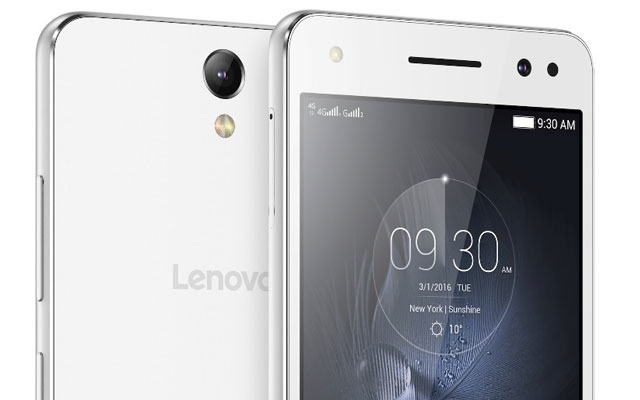
Lenovo expects its loss-making smartphone business to turn a corner next financial year as it shifts toward higher-end devices and ramps up marketing in the US and China.
The world’s largest PC maker is counting on a revival of the Motorola smartphone business it bought for US$2,8bn to make up for a declining computer industry. The Chinese company emphasised that premium gadgets — such as an upcoming smartphone with augmented reality capabilities — should help stabilise the division in the second half and revive its faltering consumer business.
“I hope we can completely turn around the business in the next fiscal year,” CEO Yang Yuanqing told analysts on a call. But he stopped short of saying the unit will finally make a profit — a target that’s consistently eluded Lenovo since its 2014 acquisition of the US name.
“Integrating the mobile business needs time; it took several years for us to integrate the PC business” after acquiring it from IBM, he said. “But writing down Motorola is never an option.”
In the interim, Lenovo has slowly relinquished smartphone market share in its home market to aggressive rivals from Huawei to Oppo and Vivo. But it’s now willing to spend “heavily” on advertising and marketing to try and fulfil an ambition of becoming a top-three player in global smartphones, Yang said without specifying a timeframe.
Lenovo posted a first quarter profit that exceeded estimates. But that came mainly on the back of cost cuts and asset sales, which helped to make up for sluggish demand for smartphones and personal computers. Net income rose by 64% to $173m in the period ended June, outpacing the $111m average of analysts’ estimates. Sales fell by 6,2% to $10,1bn.
Shares of Lenovo rose by 5,2% in Hong Kong to close at their highest in more than three months. The stock remains down about 30% this year.
The company had embarked on a plan to cut $1,35bn from annual costs and eliminate 3 200 jobs, an effort that is now showing up in quarterly results. The challenge now will be to expand internationally, while investing in key technology such as cloud computing, artificial intelligence, robotics and Internet services, the company said.
“They reduced some employee benefits costs and they unloaded some non-core assets and made some money off that,” said Alberto Moel, an analyst at Sanford C Bernstein. “It’s consistent with what they said they were going to do.”
The world’s biggest PC maker decreased headcount costs by $76m and also shed non-core assets, helping to make up for fewer shipments in its top two divisions. While Lenovo introduced new Motorola handsets, it sold 31% fewer units in the latest quarter. Total PC shipments declined by 2%. Many of the efficiencies came out of Lenovo’s American division, the company said. — (c) 2016 Bloomberg LP




